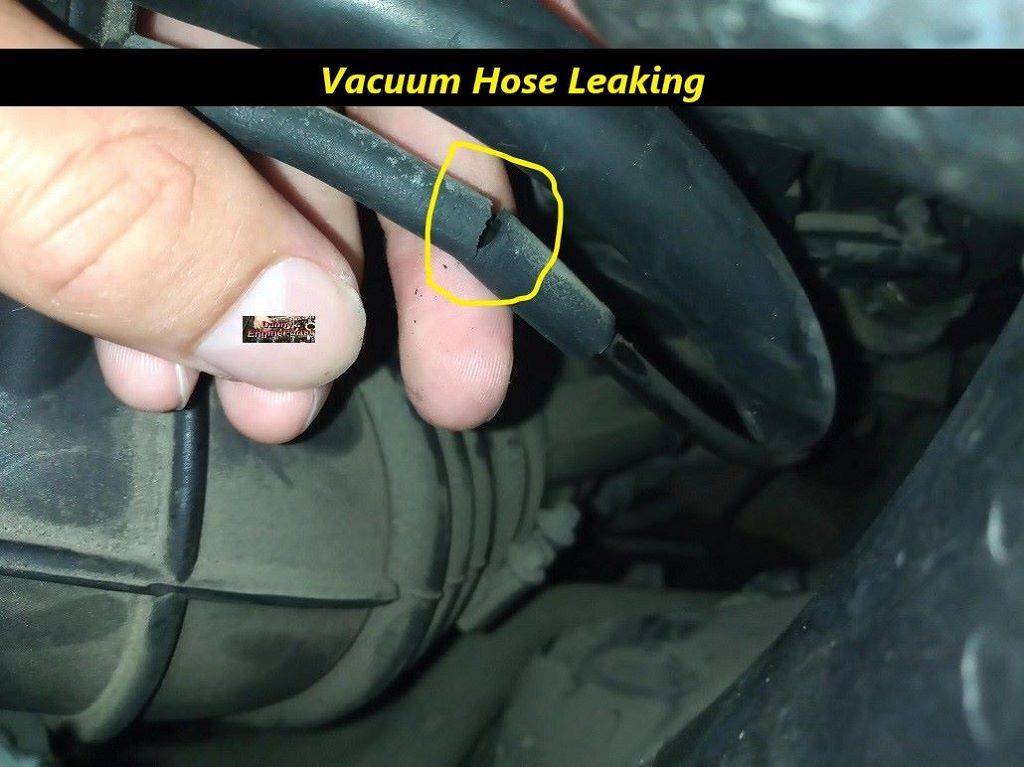
“Choose Your Help Topic Below”
- Vacuum Leak Repair – Common Locations To Leak And Causes
- Using A Vacuum Gauge, To Test The Condition Of Your Engine
- Vacuum Test Basics – What To Check And How To Do It
- Engine Troubleshooting – Common Problems With Solutions
- Rough Idling Engine: What Does It Mean, How To Fix And Test It
- Engine Hesitation – What Is It, What Can Cause It, Diagnosing It
- Rough Engine Idle and Misfires When Cold: GM V8 Engines
- Vacuum Leak Detection – The Safe Way To Find Vacuum Leaks
- High Engine Idle – What Can Cause It – Narrow Down The Sources
- Engine Surging: Causes and Solutions
- Rough Engine Idle – Common Causes, With Possible Solutions
- Vacuum Leaks – How To Quickly Find Them In 5 Easy Steps
- Intake Manifold Leaks – Causes, Symptoms, Testing and Prevention
Leaks are commonly caused by cracked or broken rubber hoses, loose hose connections. And leaking gaskets, such as those on the intake manifold. Other frequent sources include faulty components like the (EGR) valve or brake booster. And in rare cases, a cracked intake manifold itself.
Common Causes Of Vacuum Leaks:
Vacuum hoses:
The most frequent culprits are hoses that are old, brittle, cracked, or disconnected. Engine heat and vibration can accelerate wear and tear.
Intake manifold gasket:
This gasket creates the seal between the intake manifold and the engine block. It can degrade over time, creating gaps for air to enter the system.
Intake manifold:
While less common, the intake manifold itself can develop cracks due to excessive pressure, strain, or overheating, allowing air to leak in.
Hose connections:
Even if hoses are intact, a leak can occur if a connection is loose or improperly installed.
Brake booster:
The brake booster uses engine vacuum for assistance. A ruptured diaphragm inside the booster can cause a significant vacuum leak, making braking difficult.
(EGR) valve:
A stuck or faulty Exhaust Gas Recirculation (EGR) valve can fail to seal properly, leading to a vacuum leak.
(PCV) valve:
A Positive Crankcase Ventilation (PCV) valve that becomes stuck open can create a vacuum leak.
Throttle body:
Damaged or improperly installed seals on the throttle body can also cause an air leak.
Thank You !!
